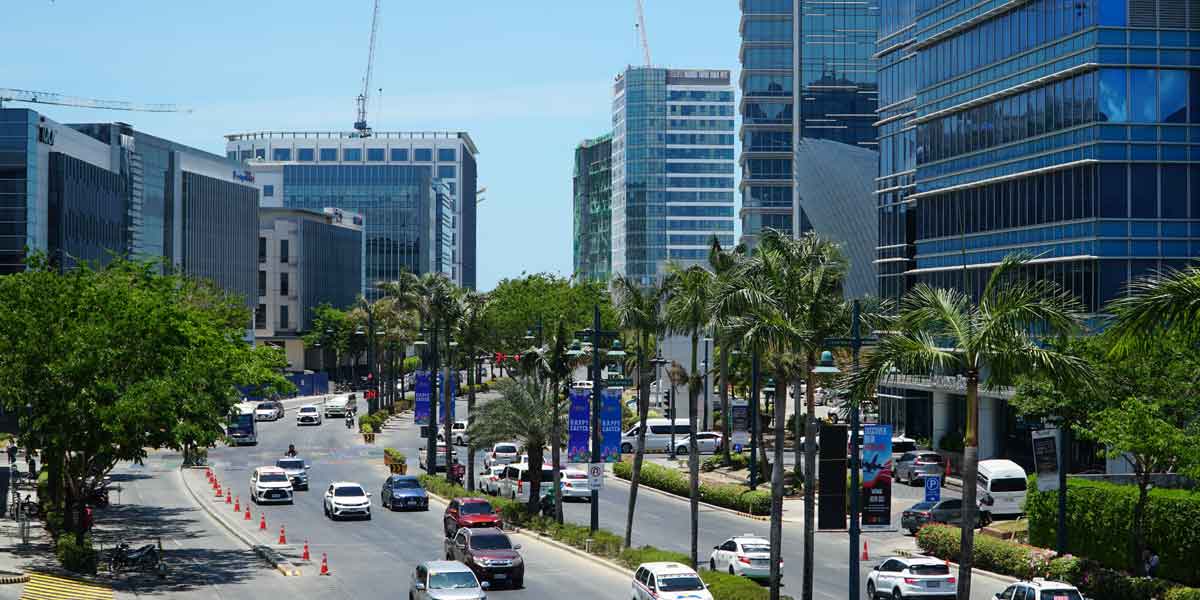
Western Visayas and other regions were under a “state of calamity” for a period of one year unless earlier lifted following the widespread devastation caused by Super Typhoon Odette.
President Rodrigo Duterte approved the resolution of the National Disaster Risk Reduction Management Council (NDRRMC) on Tuesday, December 21, 2021 recommending the declaration of “state of calamity” in Region IV-B (MIMAROPA), Region 6 (Western Visayas), Region 7 (Central Visayas), Region 8 (Eastern Visayas Region), Region X (Northern Mindanao) and Region XIII (CARAGA).
Based on the resolution signed by NDRRMC Chairperson and Department of National Defense Sec. Delfin Lorenzana, the above-mentioned regions incurred widespread damages to houses, properties, and infrastructures.
The number of affected individuals in the regions also met the 15 percent threshold on affected population that are in need of emergency assistance as spelled out in the criteria for the declaration of State of Calamity based on NDRRMC Memorandum Order No. 60.
Based on NDRRMC data as of Dec. 20, Western Visayas has the most number of affected population with 416,988 individuals followed by Eastern Visayas (244,741), CARAGA Region (217,080), Central Visayas (80,694), Northern Mindanao (22,463), and MIMAROPA (18,856).
“The said regions have incurred widespread damaged to houses, properties, and infrastructure. Likewise, initial reports indicate widespread damage to agriculture as well as disruption to critical lifelines. All the identified regions meet the requirements to be declared under a State of Calamity relative to the aforementioned impacts,” the resolution said.
But in the latest situation report of the Regional DRRMC issued as of Dec 22, Odette has affected 1,071,440 individuals in Western Visayas.
Meanwhile, a total of 42,386 families composed of 180,040 displaced persons are still inside the evacuation centers.
According to NDRRMC, a declaration of a state of calamity over the affected regions would be advantageous to the response and recovery effort of the national and local governments and the affected population.
“A Declaration of State of Calamity will serve as reference for the Philippine government to accept international assistance based on needs.”
Based on the Philippine Disaster Risk Reduction and Management Act, the declaration of a state of calamity imposes price caps on basic necessities and prime commodities and requires agencies to monitor and stop overpricing, profiteering and hoarding of food, medicines and fuel. (DG)






















